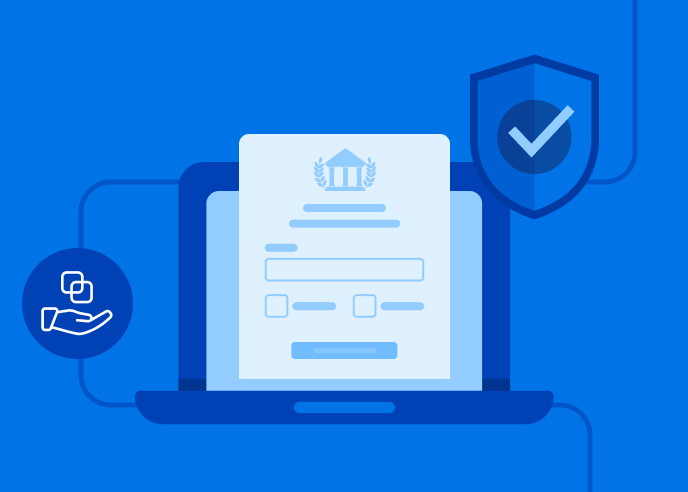As a government agency employee, you are no stranger to the frustrations that come with collecting data. Endless paper forms. Budget constraints. Legacy systems. Siloed communication. Security and compliance concerns. These challenges not only make your job harder but can directly impact the experiences of the citizens you serve.
To stay agile and meet the many demands of citizens, your government agency must operate efficiently and securely. Your organization may be feeling the pressure to modernize processes. If you haven’t yet begun, implementing workflows to streamline data collection is a great place to start.
The advantages of data workflows for Government
The benefits of modernizing data collection workflows at your government agency are two-fold. They can improve processes for your constituents, the teams you work with, and your organization as a whole.
Citizen benefits
- Streamlined user experience
- Increased engagement and trust
- Better online accessibility
- Efficient and timely services
- Enhanced data privacy
Employee benefits
- Efficient and automated processes
- Reduced manual work and errors
- Better communication and decision-making
- Faster and more accurate reporting
- Greater job satisfaction and engagement
Organizational benefits
- Enhanced data security and privacy
- Improved regulatory compliance
- Cost and resource savings
- Improved public perception
- Operational efficiency
Essential government form-based workflows
Housing assistance
To effectively provide support, a housing assistance workflow needs to collect and analyze relevant information from individuals and families. Forms must gather specific data, so decision-makers can determine the eligibility of applicants and properly allocate resources.
This process requires multiple steps and considerations to provide fair distribution of housing. It must also ensure data is accurate and up to date for proper reporting and analysis.
The steps of a housing assistance workflow:
- Application submission
- Personal data verification
- Eligibility assessment
- Consideration and decision
- Housing placement
Real-world success story
Read how a large municipal government replaced paper forms with dynamic online applications for their Housing Stability Programs.
Building permits
A building permit workflow needs to gather and assess specific information from property developers or owners for the issuance of permits. The process must include approval steps to ensure compliance with local regulations and building codes. It also plays a large role in urban planning and the quality of construction projects in the community.
Participants in a building permit workflow will be responsible for handling applications, monitoring construction initiatives, and effectively managing local development. The workflow must be streamlined to avoid data or decision bottlenecks that cause delays.
The steps of a building permit workflow include:
- Permit application submission
- Validate data and documents
- Fees and payments
- Final plan decision
- Approval and permit issuance
Real-world success story
Read how a large metropolitan city effectively manages the planning and zoning of an urban area will millions of residents with secure, reliable web forms.
WIC eligibility
Providing the necessary support for low-income women, infants, and children (WIC) requires a systemized process that verifies eligibility and allocates the proper resources. Forms need to be secure for collecting sensitive demographic information and relevant documentation from applications.
WIC eligibility workflows also must ensure that collected data is up-to-date and accurate, so teams can track the effectiveness of the programs. Regular analysis will help support the health and well-being of eligible individuals and families.
The steps of a WIC eligibility workflow include:
- Application and needs assessment
- Documentation and analysis
- Eligibility assessment
- Acceptance decision
- Program enrollment
Real-world success story
Read how the Multnomah County Health Department streamlines its WIC eligibility form process with connected web forms.
Explore more Workflow use cases
Workflows can streamline and automate data collection processes across your entire government agency. Whether citizen-facing or for internal use, find out all the ways you can optimize data processes with FormAssembly Workflow.
